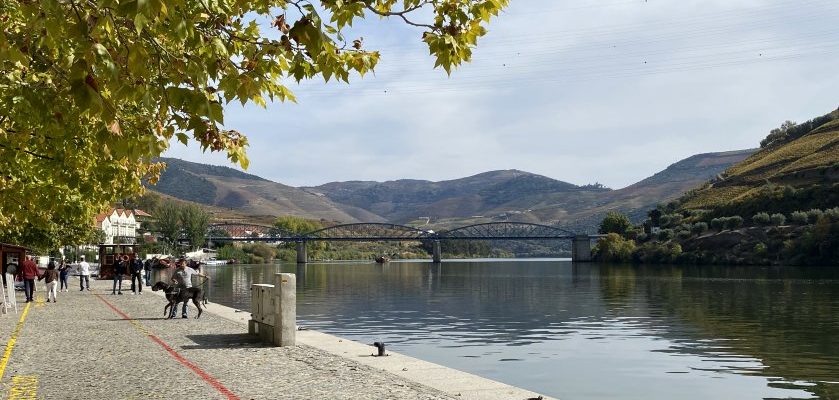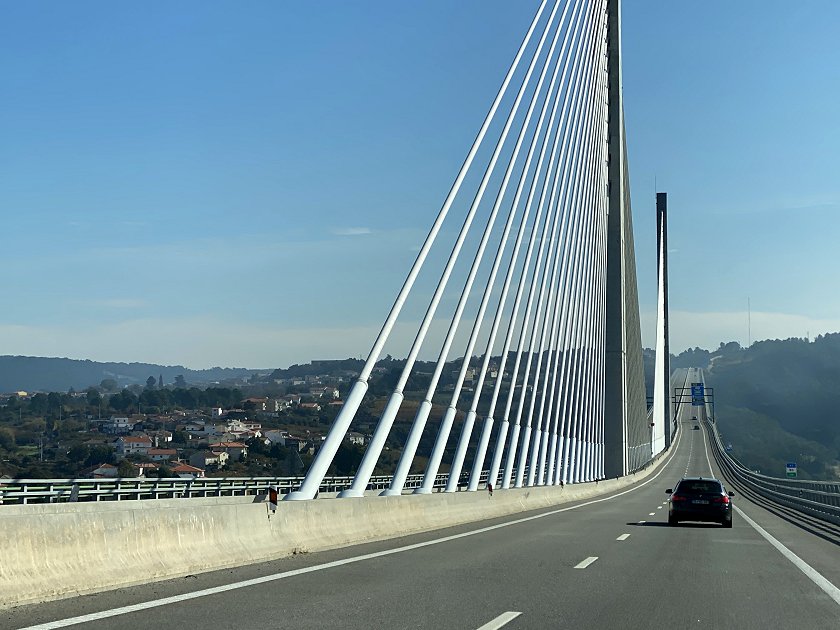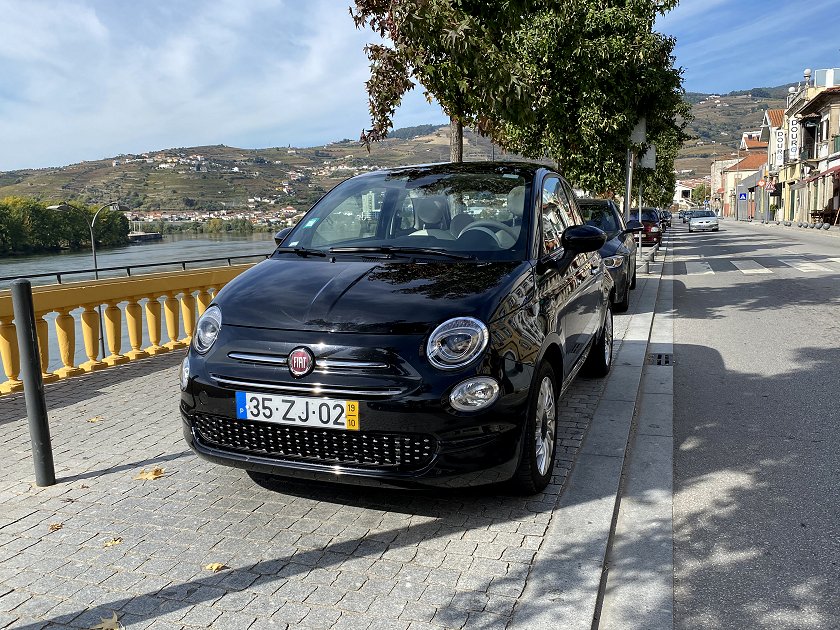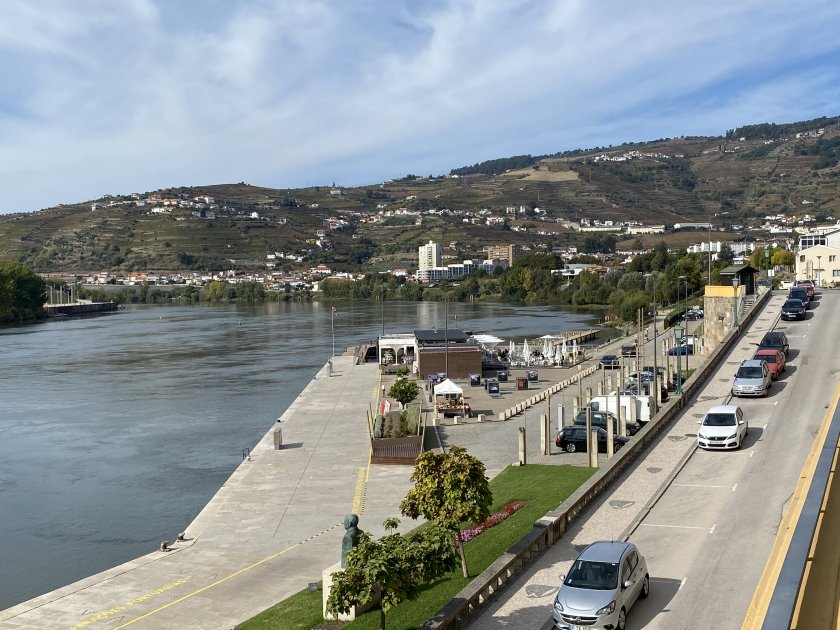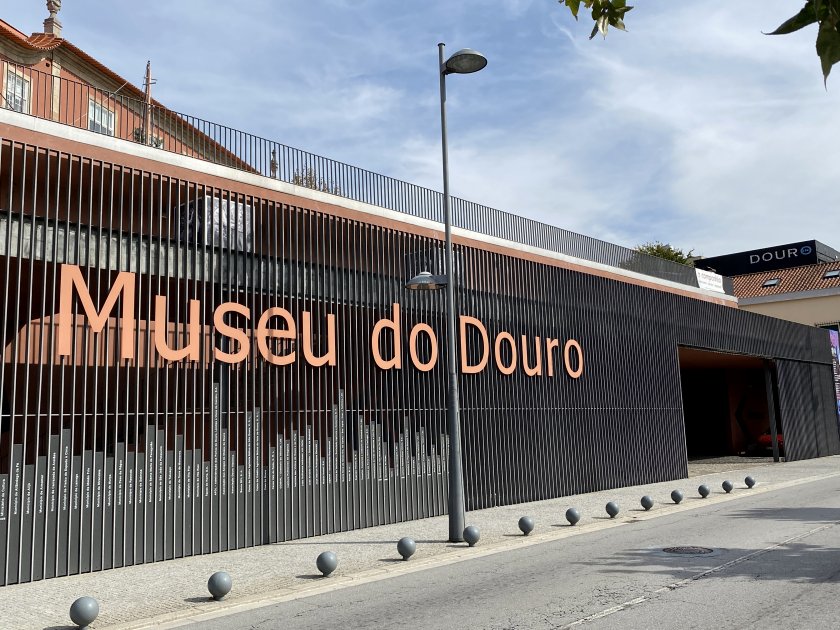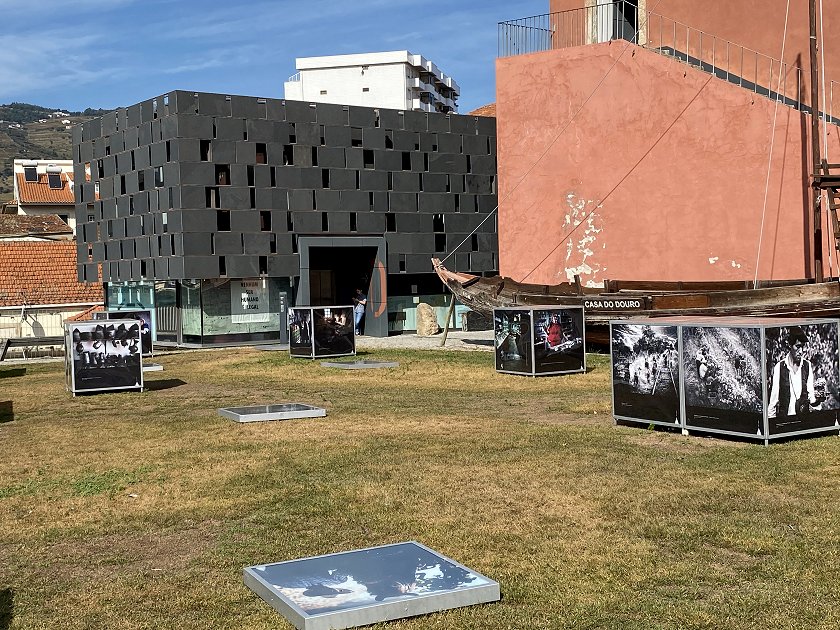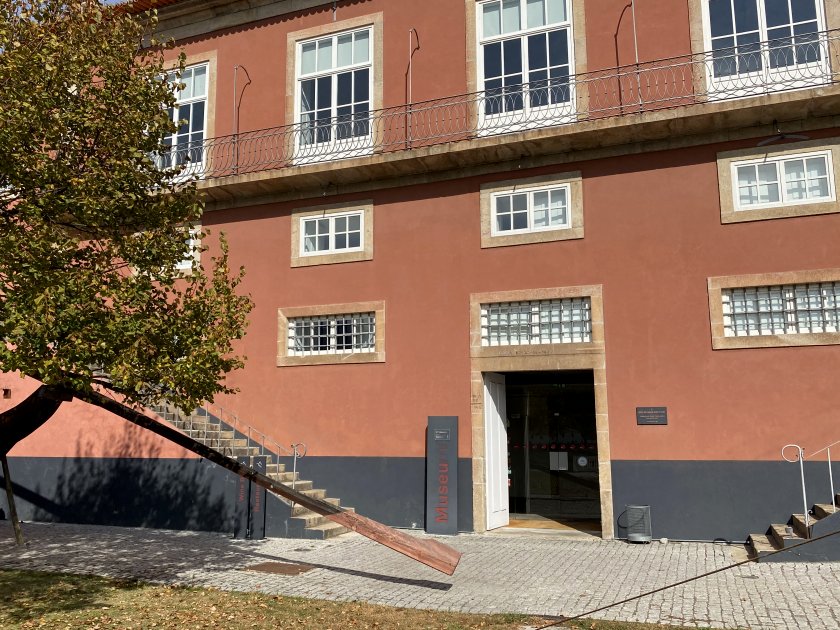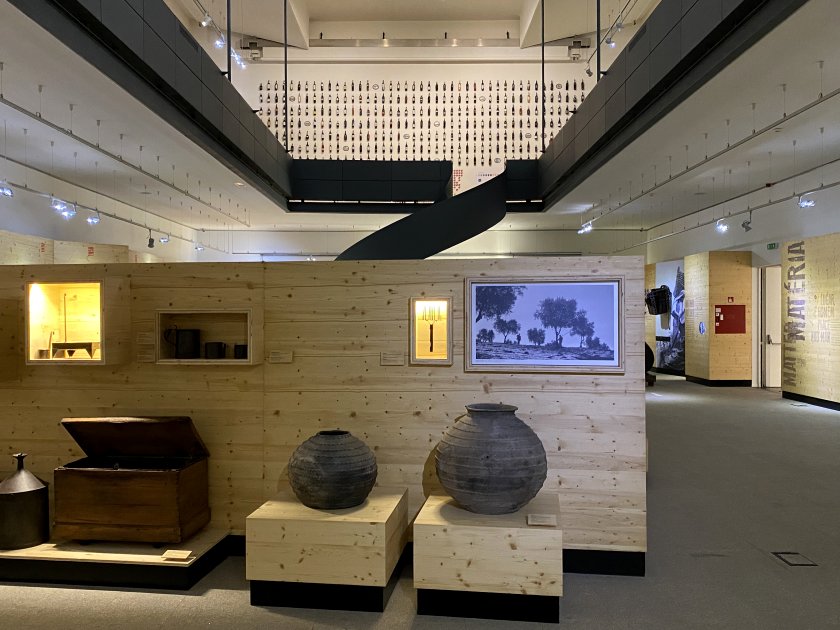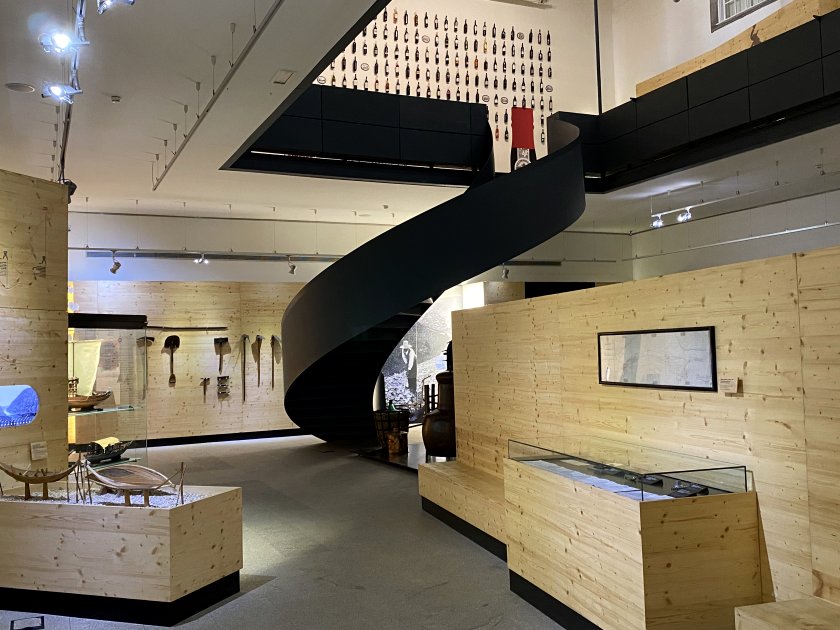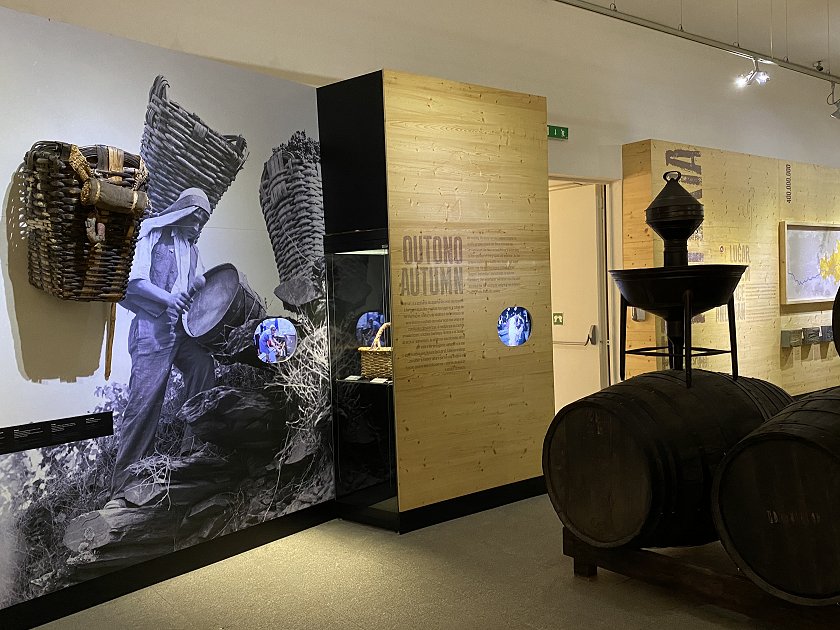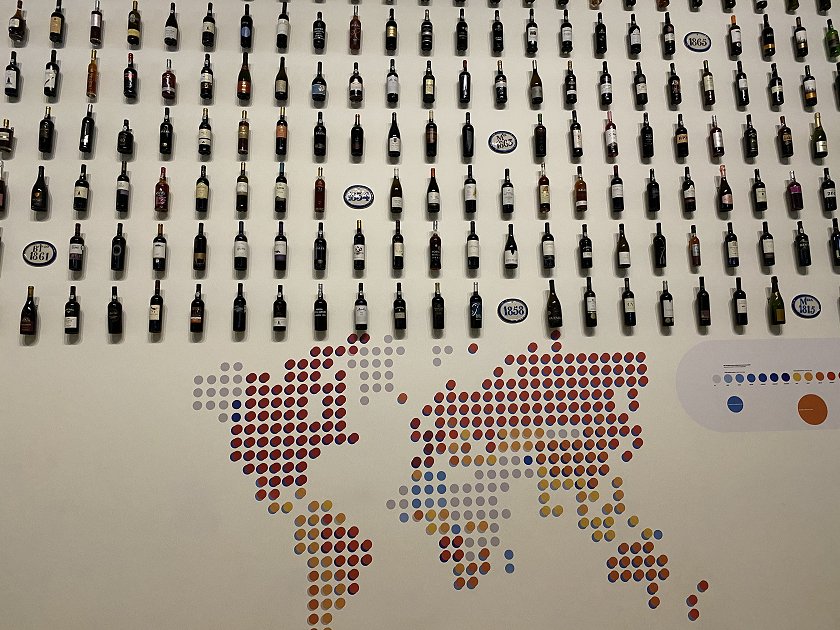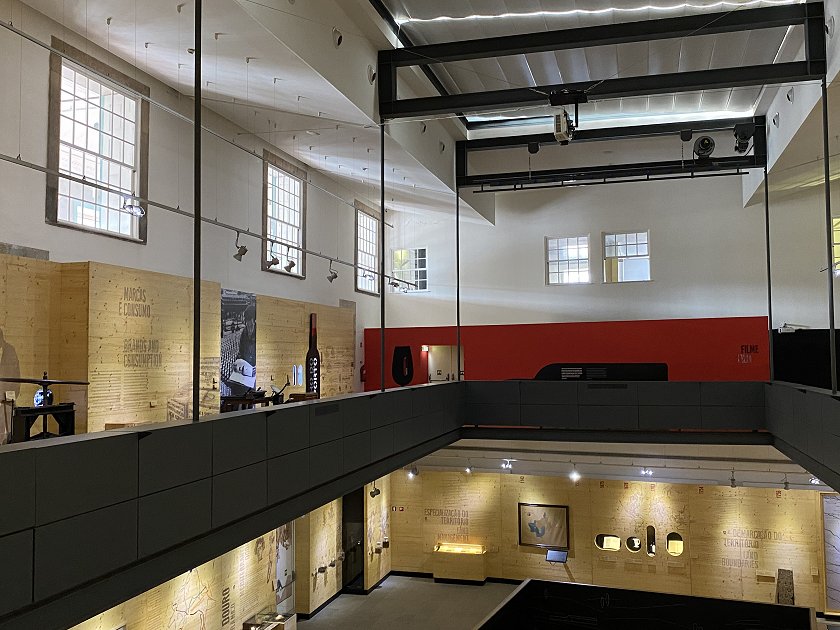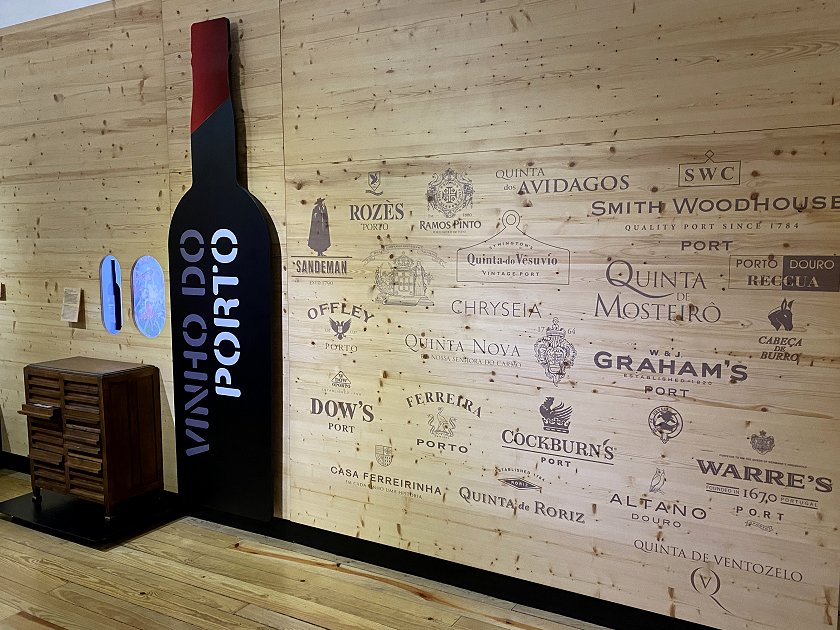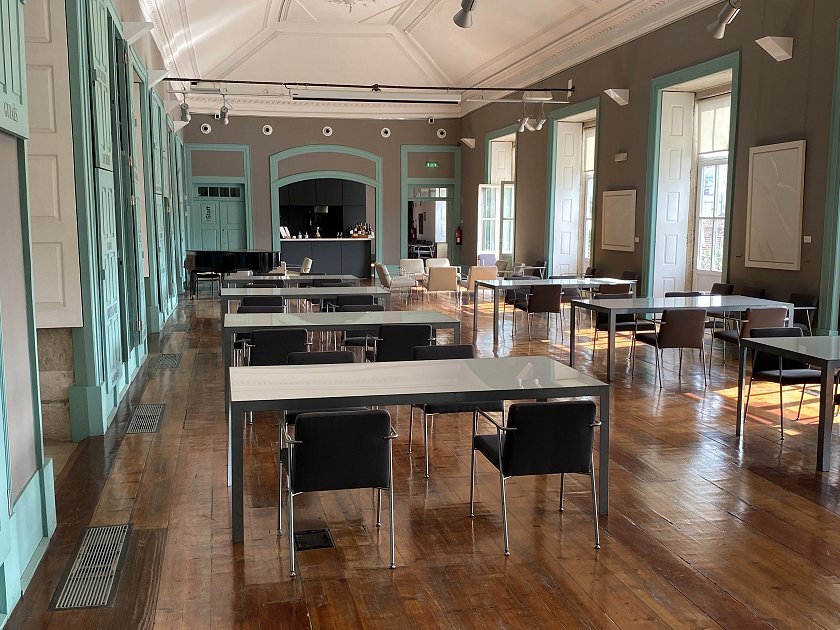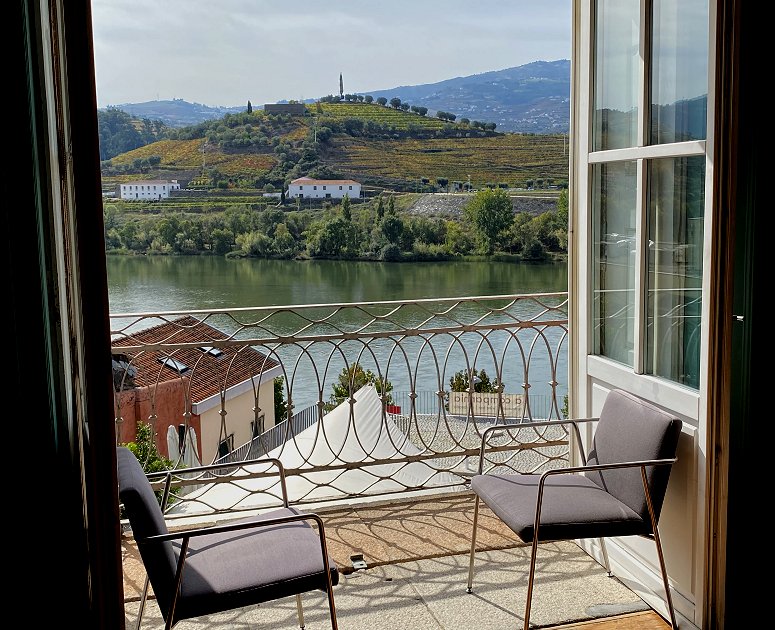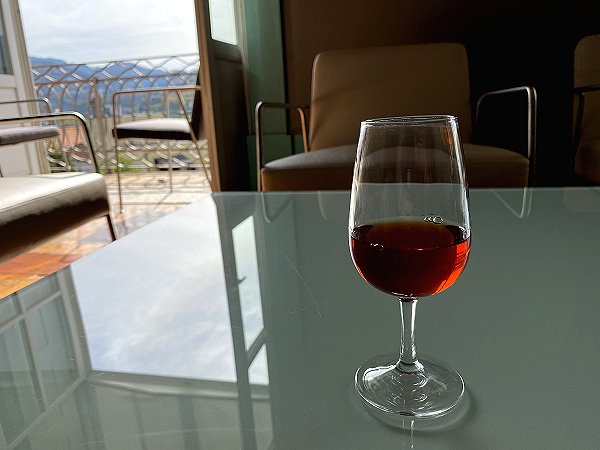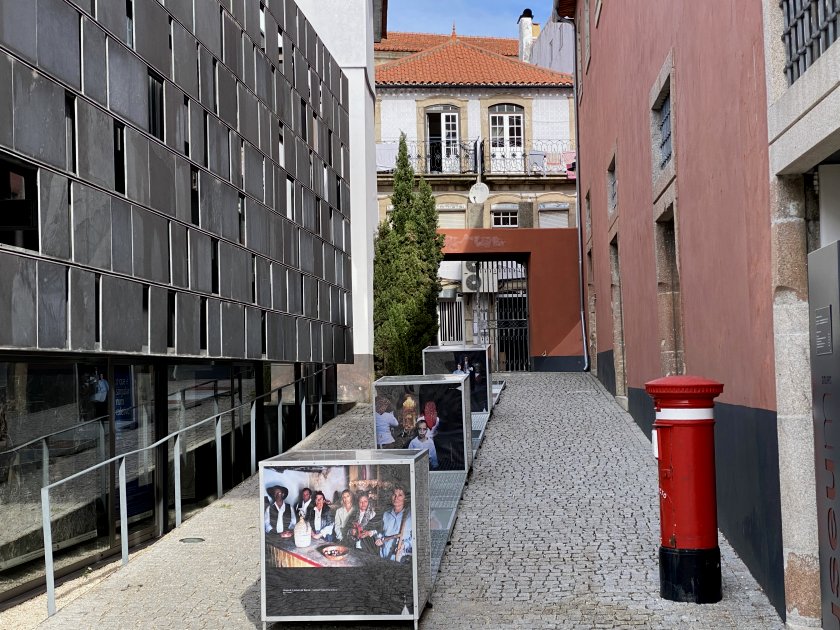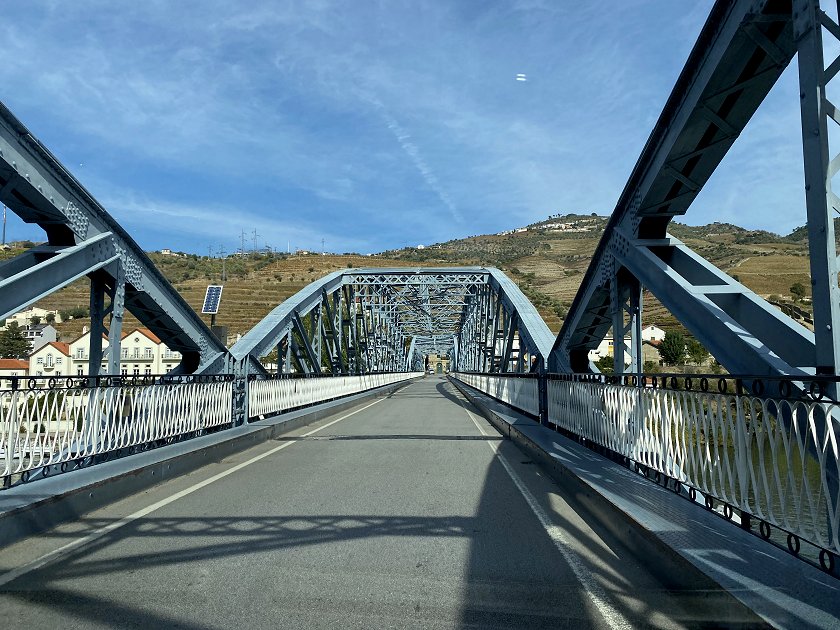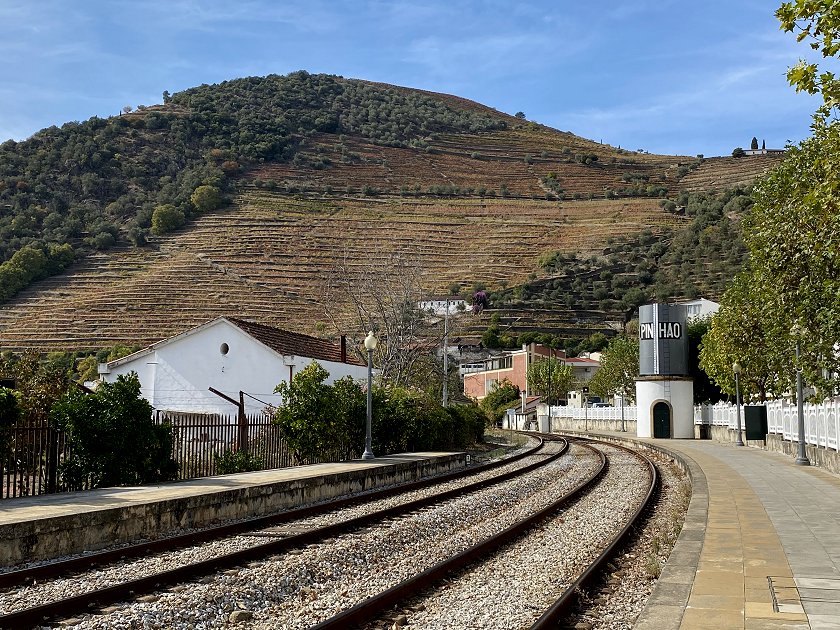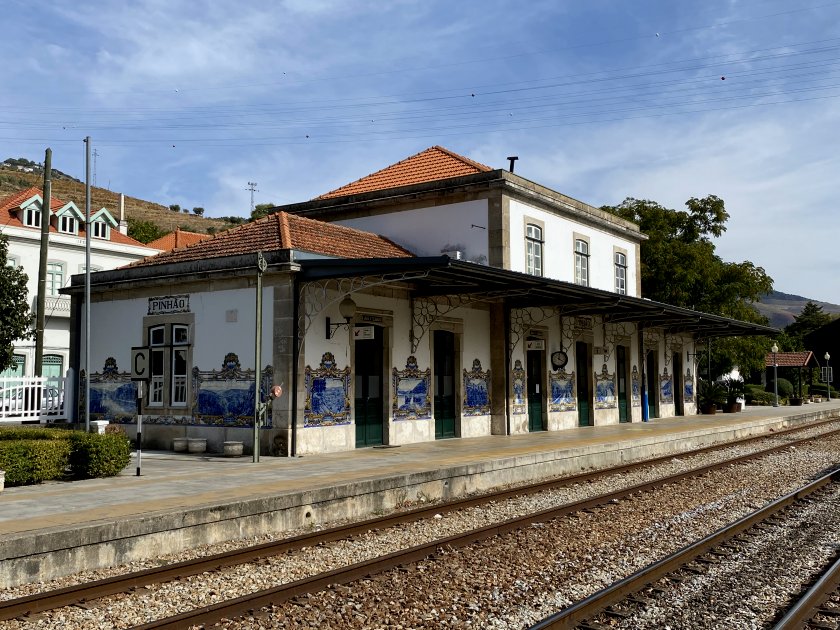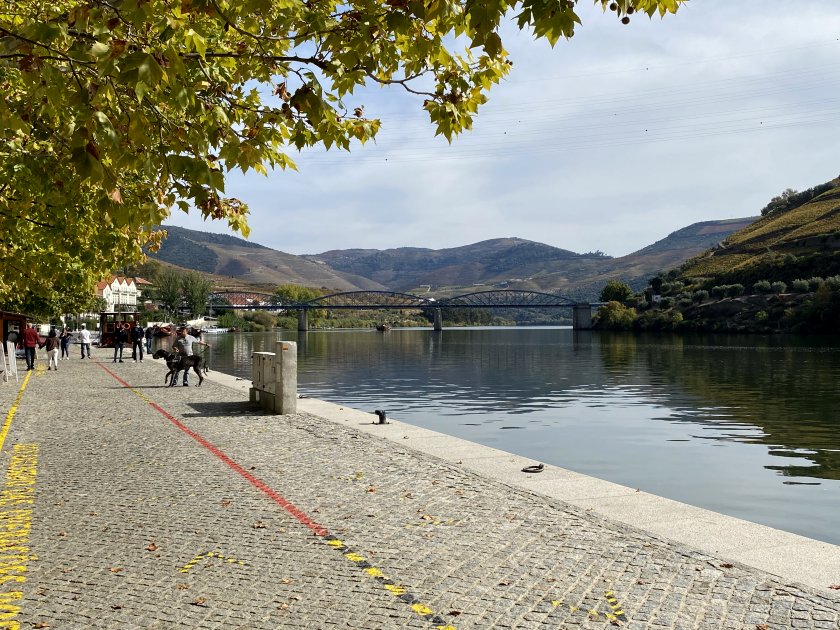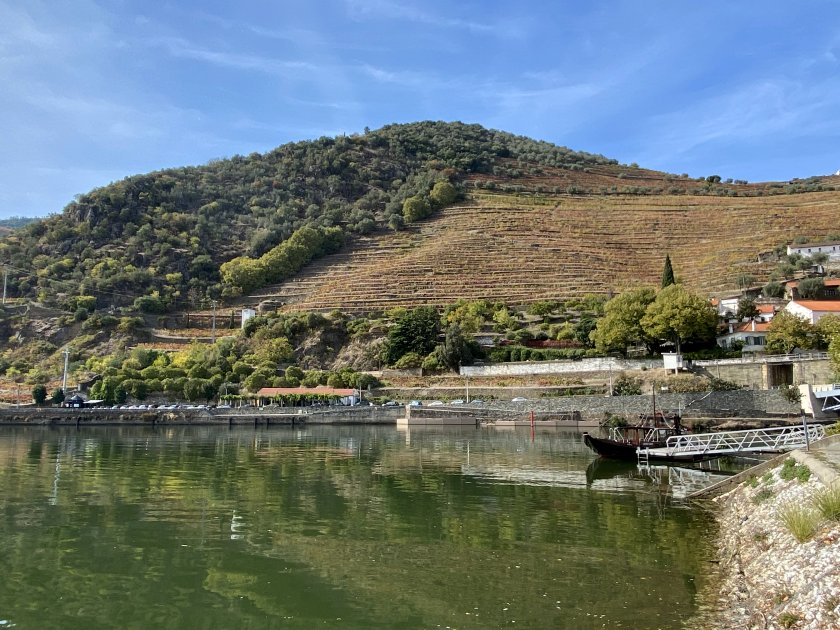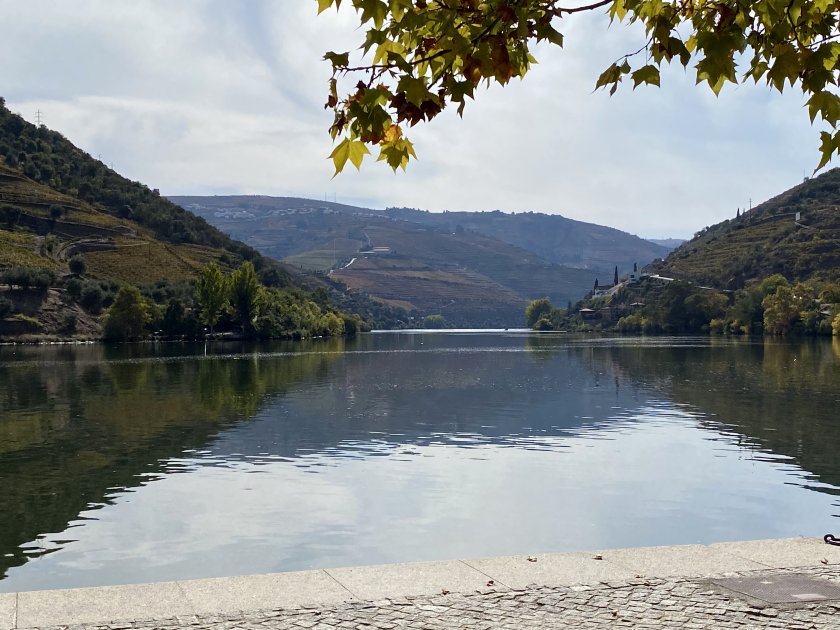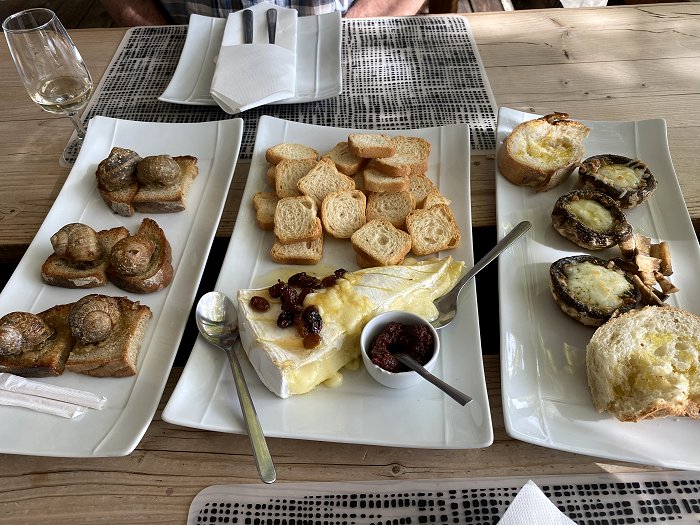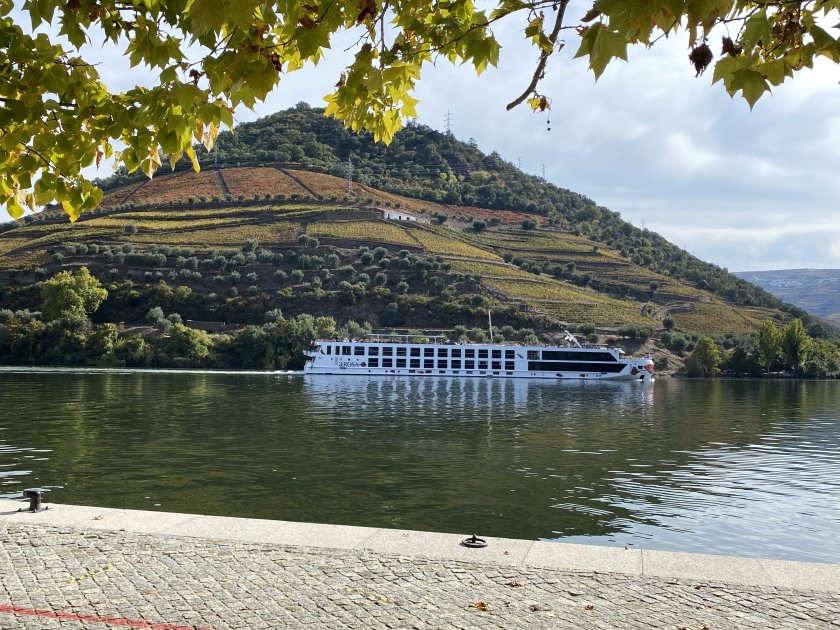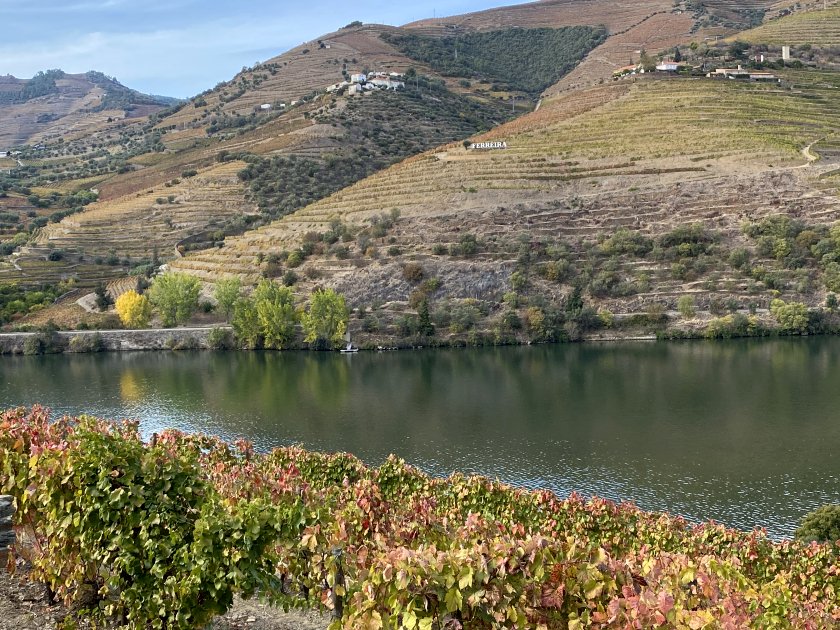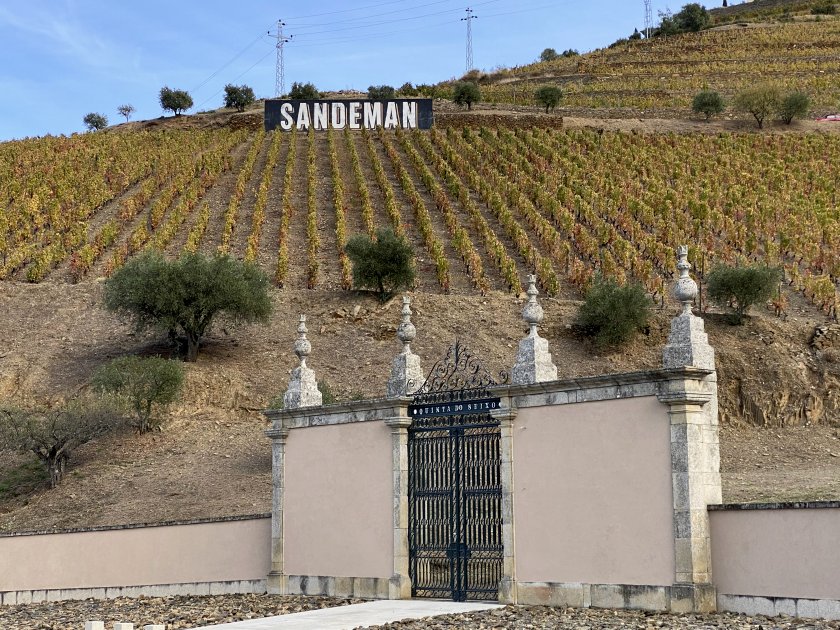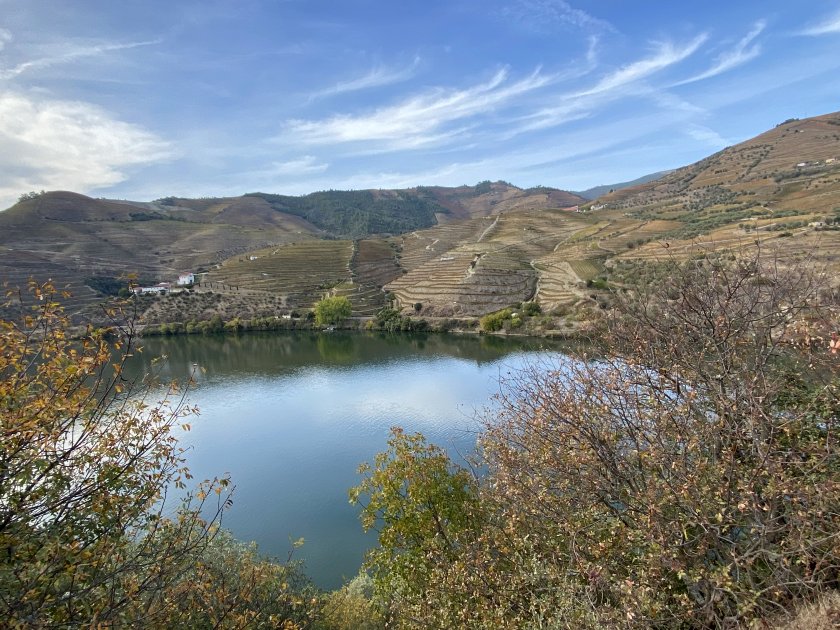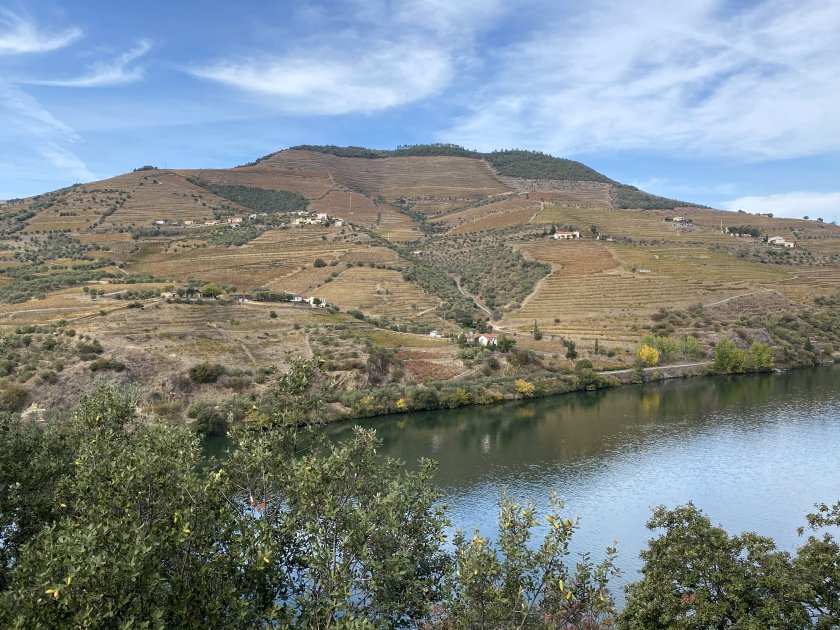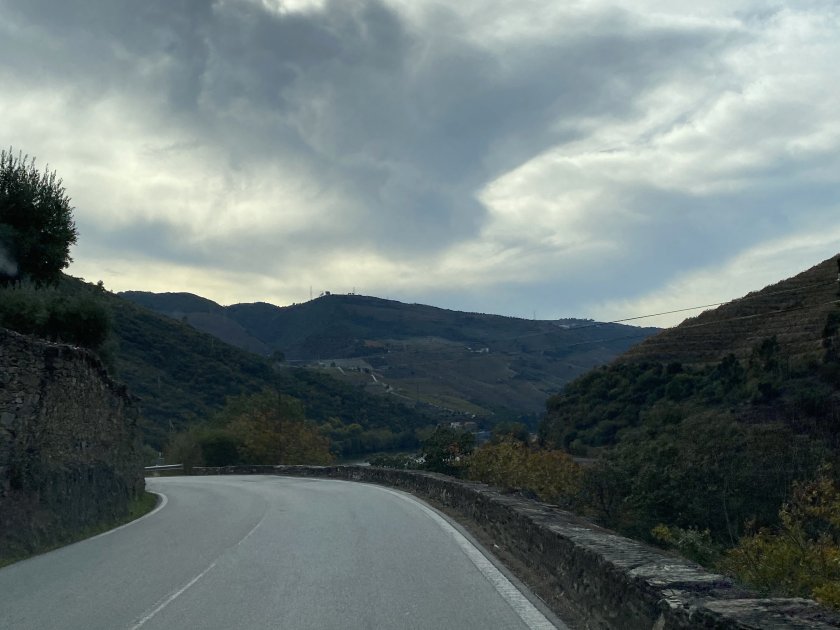Our second full day in northern Portugal was dedicated to another day trip. The Douro Valley is one of the world’s oldest winegrowing regions and is a UNESCO World Heritage Site. Although we were based just a short walk from the river and the famous port caves and cellars of Vila Nova de Gaia, the winegrowing area is much further upstream. We had both seen Michael Portillo’s Great Continental Railway Journeys episode exploring the region by train, but reckoned that for maximum comfort, convenience and flexibility – to say nothing of Covid-19 safety – a rental car was the answer. Europcar had a good deal available and helpfully, its local depot was in the basement of department store El Corte Inglés, a 20-minute stroll along the Avenida da República and situated adjacent to the A44 motorway.
Our basic strategy was to make a fast run eastwards, visit a couple of specific points of interest and enjoy a leisurely (if occasionally challenging) return journey following the left bank of the Douro. After picking up the car, we therefore drove northeastwards and joined the A4 Transmontana motorway, built to improve communications between Porto and Spain. The drive included the Corgo Viaduct, with its spectacular two cable-stayed middle sections. Shortly after crossing the Corgo River, we turned south and headed for Peso da Régua, home of the interesting Douro Museum.
Our second stop was at the attractive village of Pinhão (pronounced peen-YOW), which was 27km further upriver and which also served as our lunch stop. The return journey was initially on the slow and winding E222 road, which tended to hug the left bank of the Douro. It provided some excellent views, but sadly not so many places to stop. On returning the car, we were ideally placed to visit the food hall of El Corte Inglés, where we picked up supplies for a light sushi dinner.

